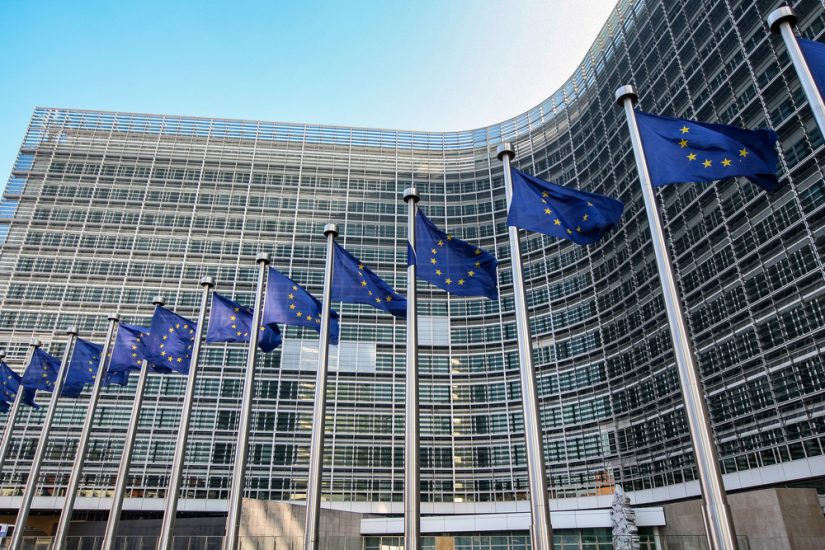The European Commission has adopted a new set of rules to better manage interoperability between the systems and constituents used to provide air traffic management (ATM) and air navigation services (ANS). The new framework, comprising five regulations, will increase interoperability, make the performance of ATM ground equipment more uniform, and support the introduction of innovative technologies. Ultimately, this will lead to a more modern European ATM network.
Personnel, procedures and equipment for Air Traffic Management (ATM) and Air Navigation Services (ANS) will in future all fall under the regulatory framework of the European Union Aviation Safety Agency, laying the basis for a more efficient and consistent approach to evolution of operations in support of the deployment of the Single European Sky. The move reinforces the role of EASA by bringing ATM/ANS equipment under the EASA certification framework, therefore ensuring that all elements impacting the performance of ATM/ANS services are consistently managed from an end-to-end perspective.
The framework introduces harmonised requirements for the certification or declaration of ATM/ANS equipment, as well as the procedures for the approval of organisations involved in the design or production of such equipment. The driving principle is the essential need to achieve a single and mutually recognised compliance demonstration methodology for the equipment used to support ATM/ANS service provision.
According to the European transport directorate, the new rules take a single market approach, reducing fragmentation within the ATM ground equipment market, and clearly allocating responsibilities for demonstrating compliance, in particular on the detailed specifications that will be now issued by the European Union Aviation Safety Agency (EASA). They also strengthen EASA’s role as certifying authority for both airborne and ground equipment, ensuring that both are done consistently. With digitalisation and data exchange between systems on the ground and in the air becoming more common, it now makes sense from a safety perspective to apply the same approach to both system sets.
Finally, the new conformity assessment framework consolidates existing interoperability rules, adapting them to the EASA framework. This includes, for example, rules on the equipment required on board aircraft for the use of the SES airspace, common requirements for ATM/ANS providers concerning datalink and surveillance, as well as flight planning elements within the Standardised European Rules of the Air.
The Single European Sky (SES) also needs reform in other areas to effectively govern the performance of monopoly air navigation service providers, as well as to enable network-centric operations orchestrated by the European Network Manager. This will address the air congestion that has a negative impact on the climate and environment. The ongoing negotiations between the European Parliament and Council on SES2+ address these problems.
(Image: Shutterstock)
Further details here
For more information visit:
www.easa.europa.eu




